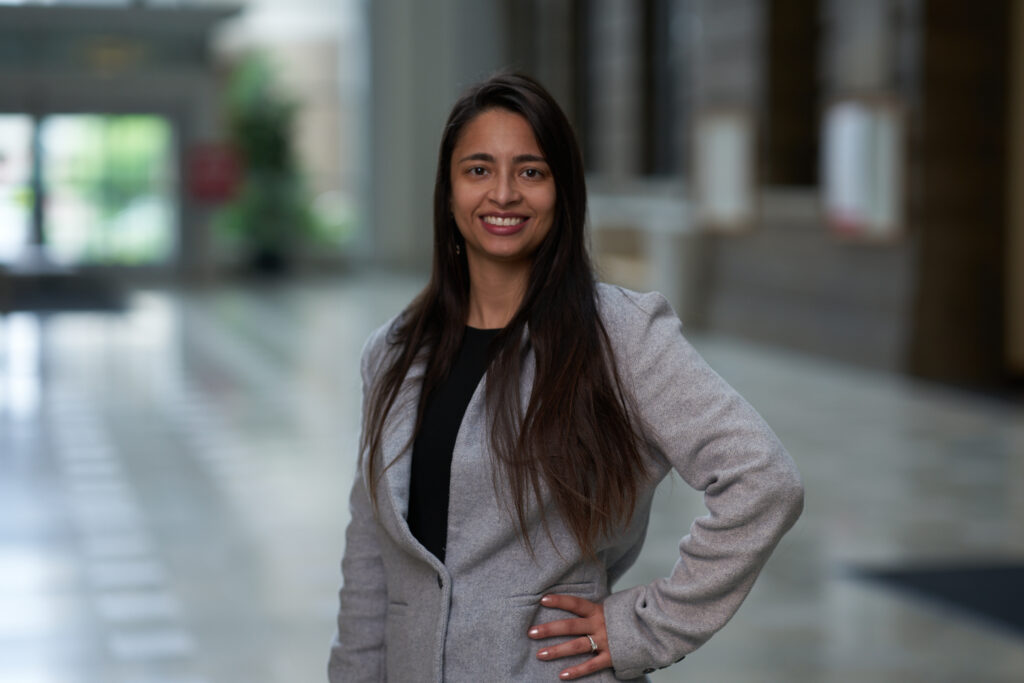Below we are going to delve into Tassia Mangetti Goncalves’ background, hobbies and research aspirations.
What are you investigating?
I’m working with mammalian whole genome-wide cis-regulatory modules. Cis-regulatory modules are regulatory regions in the genome. Spatiotemporal control of gene expression is of critical importance and appropriate gene expression depends on these regulatory elements. Also, mutations in these regions have been linked to many diseases.
What are possible applications for your research?
My research focuses on predicting all types of regulatory regions in the mouse and human genomes and now I want to link them to diseases using bioinformatics tools and multi-omics data. It is difficult to explore the whole genome regulatory regions and researchers have to do in vivo or in vitro gene reporter assays to be able to identify what regions are being functional. This kind of research is time consuming and expensive. Recently, high-throughput empirical approaches have greatly facilitated candidate enhancer identification on a genome-wide scale, but those methods also have limitations. It’s not doable to experimentally discover the whole genome-wide regulatory regions that are active in every cell type, every developmental stage, or every environmental stimulus. Our predictions can help investigators to guide experimental design to delineate enhancers that drive more restricted expression patterns through more detailed analysis. Basically, researchers who are working in the wet lab can look for these cis-regulatory modules we have already predicted as potentially functional to focus their analysis.
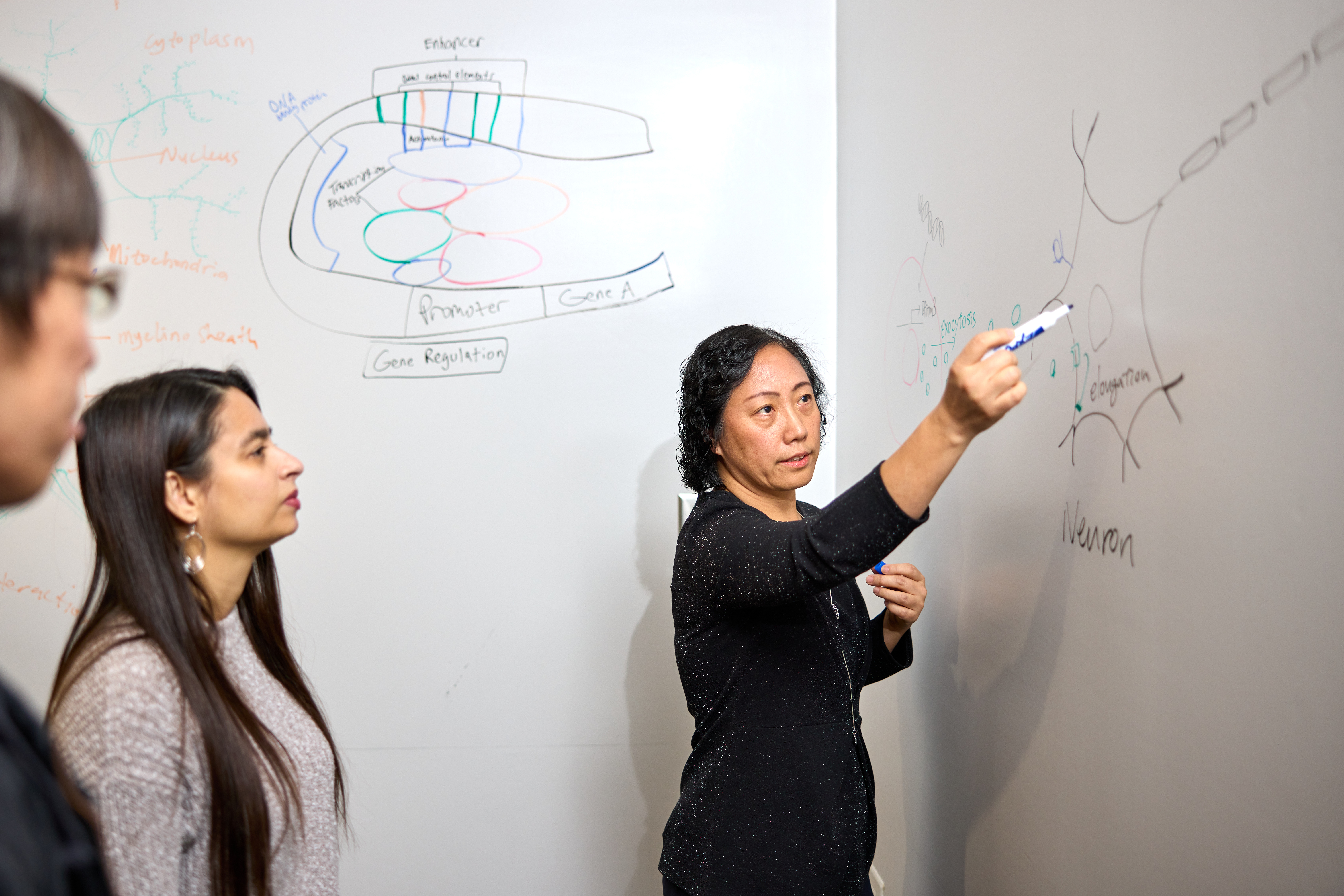
Our tool predicted a variety of types of regulatory regions (enhancers, silencers, insulators, etc.), they are distributed in different locations of the genome, they are not limited to any tissue, cell type, developmental states or stimulus conditions, they have fixed positions, and they can be used to understand the regulation of different types of diseases. We identified clusters of cis-regulatory modules related to cancer, neurodegenerative diseases like Alzheimer’s Disease, and neurodevelopmental diseases like Autism Spectrum Disorder. We predicted many potentially functional regulatory regions in the genome and it’s possible to explore them in many different ways.
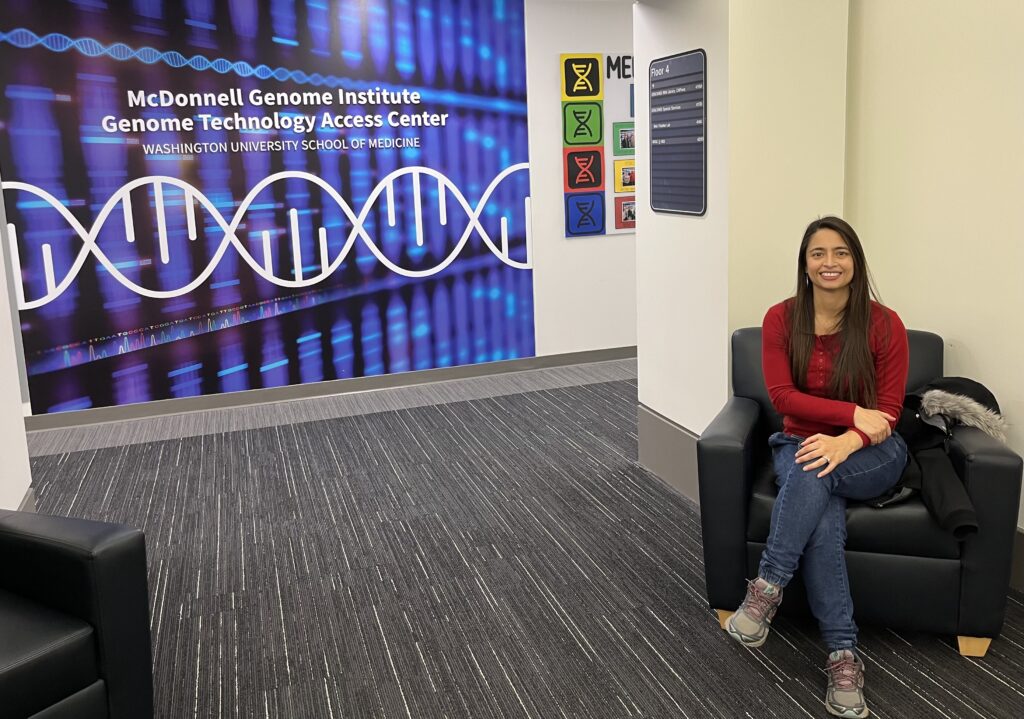

What are your hobbies outside of research?
I love gardening and cooking. When I have time, I like to practice playing guitar as well. I also like to play with my dog.

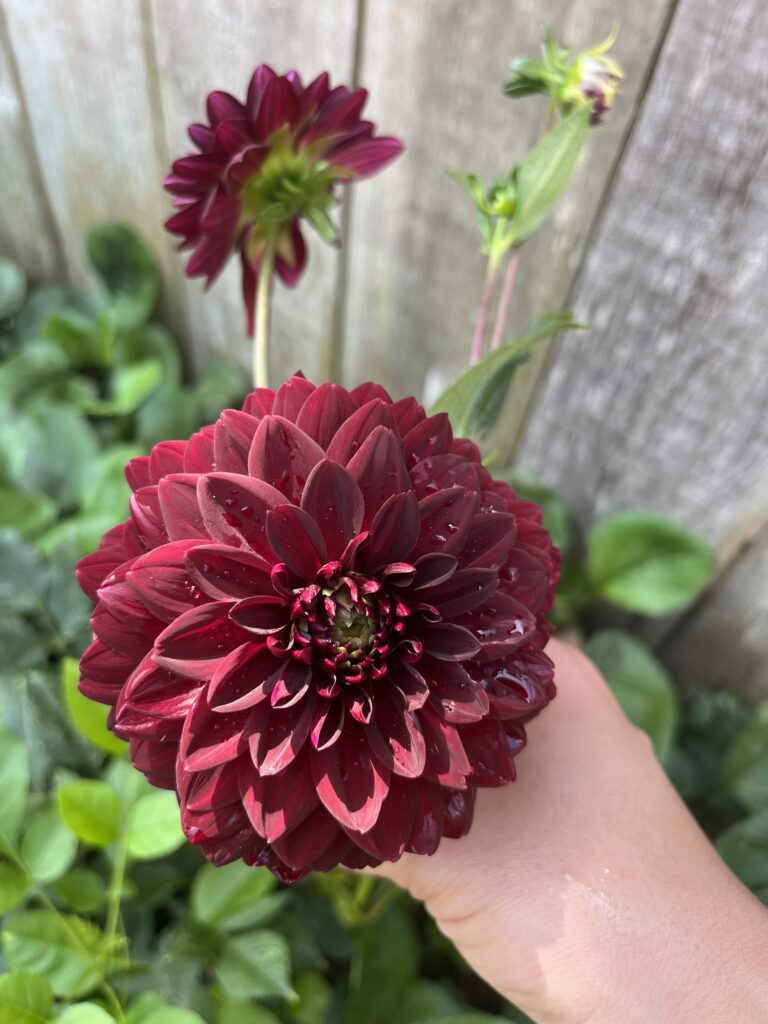
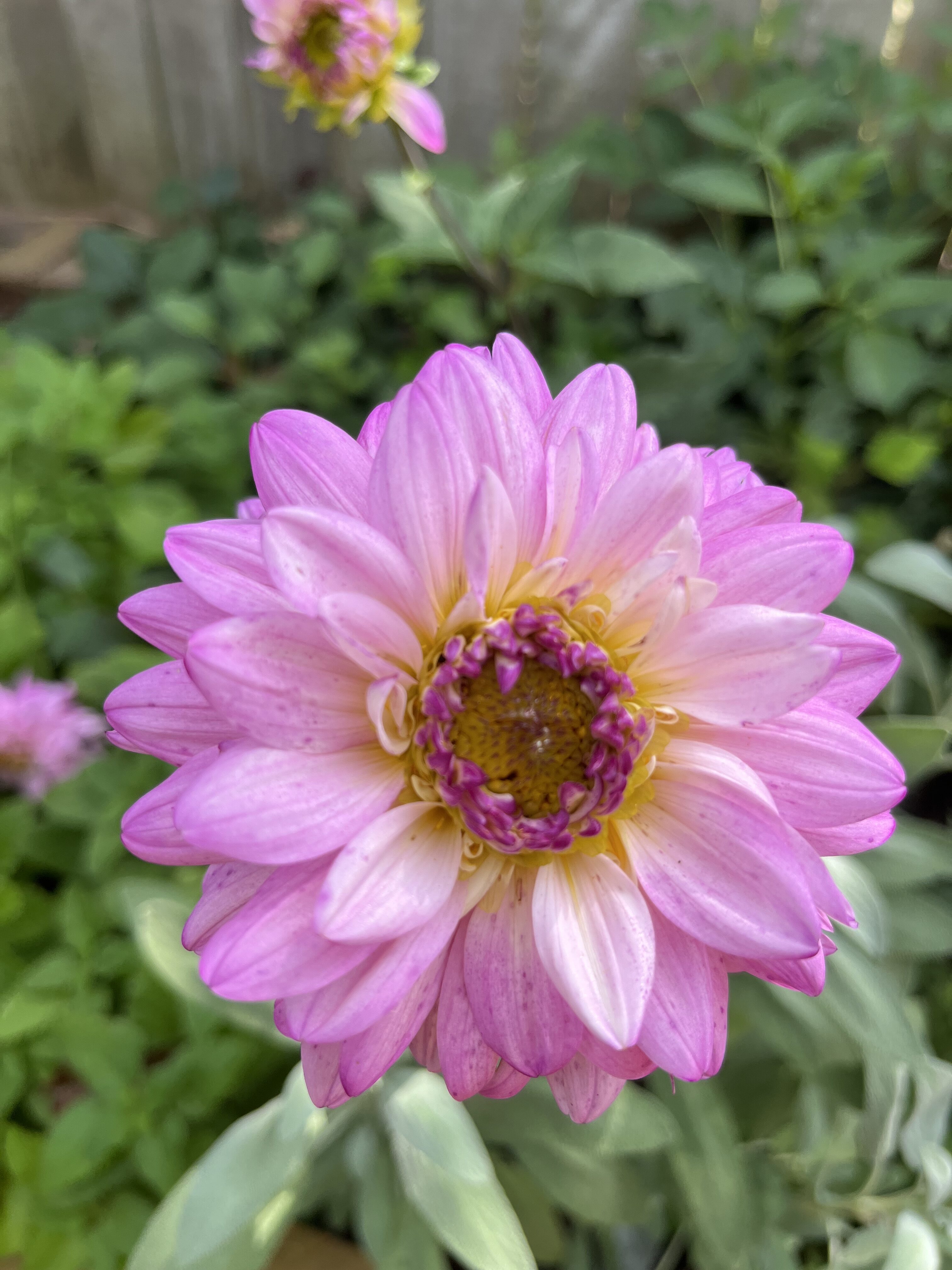
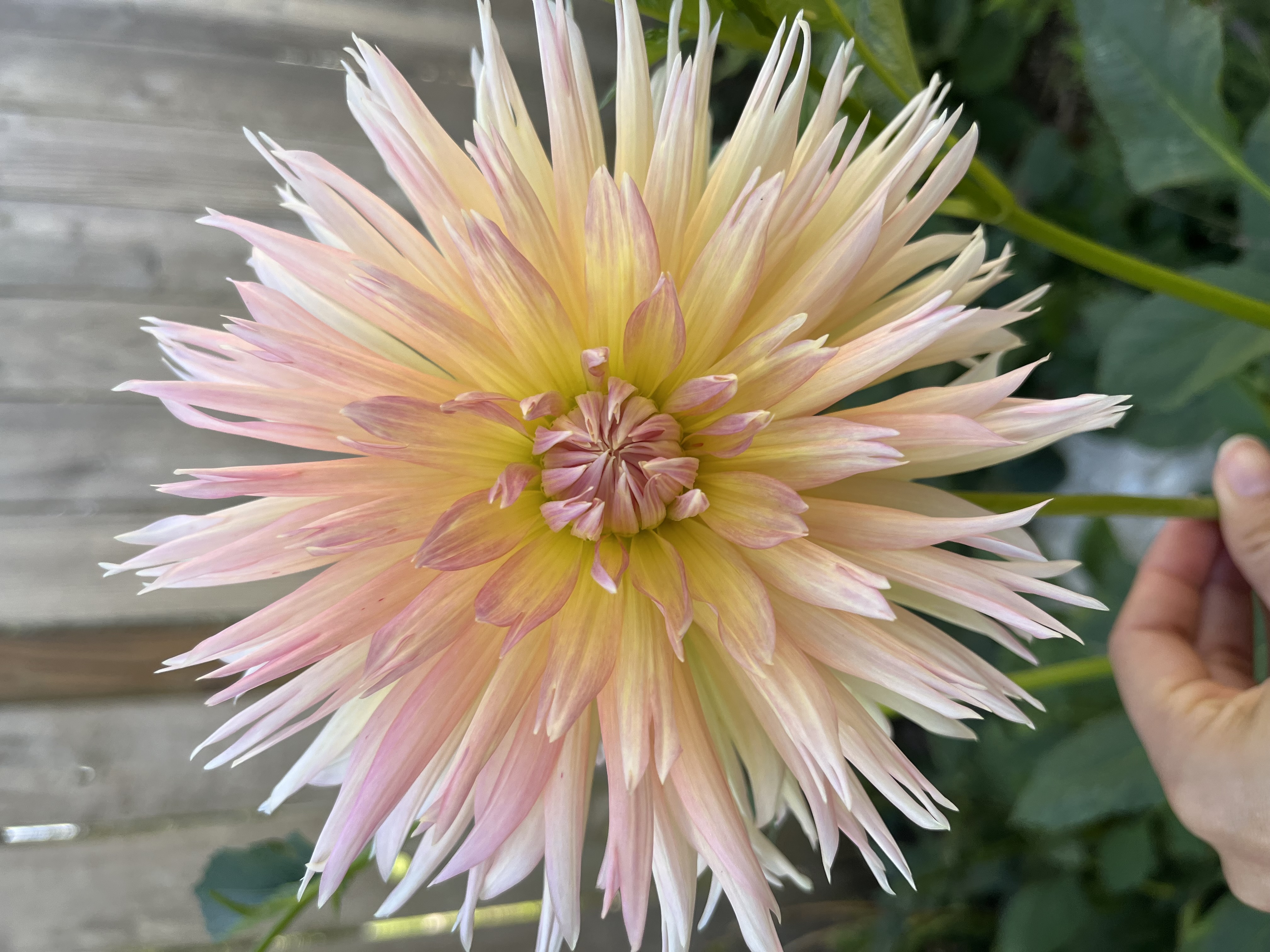
Where did you grow up?
I grew up in Brasilia, the capital of Brazil. I went to the University of São Paulo to get my undergraduate degree and master’s degree. During my master’s program, I got a fellowship to study abroad. This gave me the opportunity to study in Iowa State University for a few months. It was my first experience in America and it was super cold, one of the worst winters I had experienced. Regardless of the weather, I loved the experience researching there. It was good to see the difference in research in the U.S. and Brazil. There is much more funding and structure here in the U.S. and the research goes much faster than in Brazil.
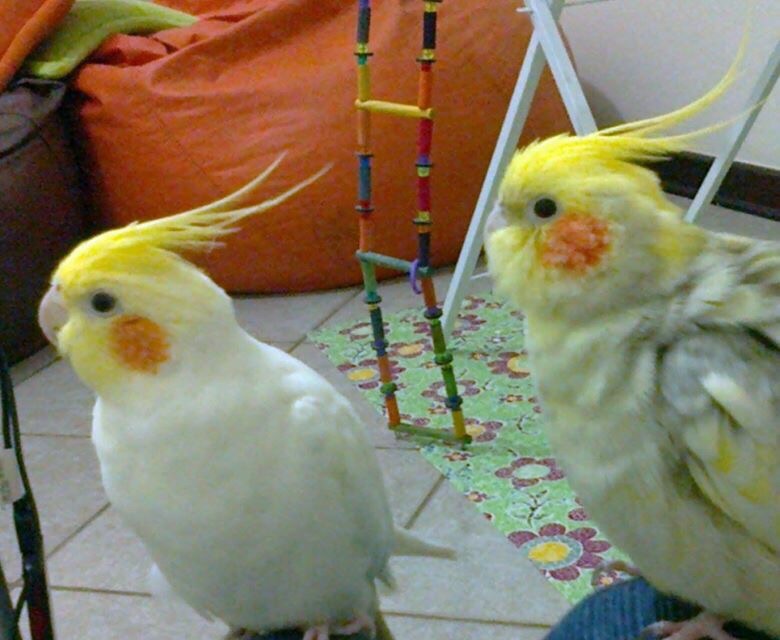
After completing my study in Iowa State University, I went back to Brazil to finish my Masters in Animal Sciences before coming to the U.S. to get my PhD. For my PhD, I went to University of Illinois Urbana-Champaign for 3 years where I started working with data related to neuroscience. I studied gene network analysis of interaction between amphetamine treatment and hyperactivity in a mouse model of ADHD and differential transcriptome analysis in depression-like behavior mice model under immune challenge. I really enjoyed it and that’s one of the reasons why I wanted to continue my research in the neuroscience field.
When did you decide you want to be a researcher?
I didn’t know I wanted to be a researcher but I was always obsessed with animals since I was a kid. I started making “my own experiments” when I was 12 and decided to buy an aquarium. I would breed my fish and try to keep the ones that were born at a proper temperature.
I studied molecular biology during my undergrad and I started enjoying research after helping in the lab. My advisor at that time had worked with the researcher from Canada who helped create Dolly, the first cloned sheep. They had bovine cloning experiments in their lab where I helped the PhD students and postdocs prepare the steps before the cloning. That made me very excited about science. Initially I wanted to study science to help animals that are going extinct.
What’s your favorite meal to cook or eat?
I really enjoy baking, especially cakes. I try a lot of different flavors. Because I’m a researcher, I like to innovate and create new combinations of flavors.
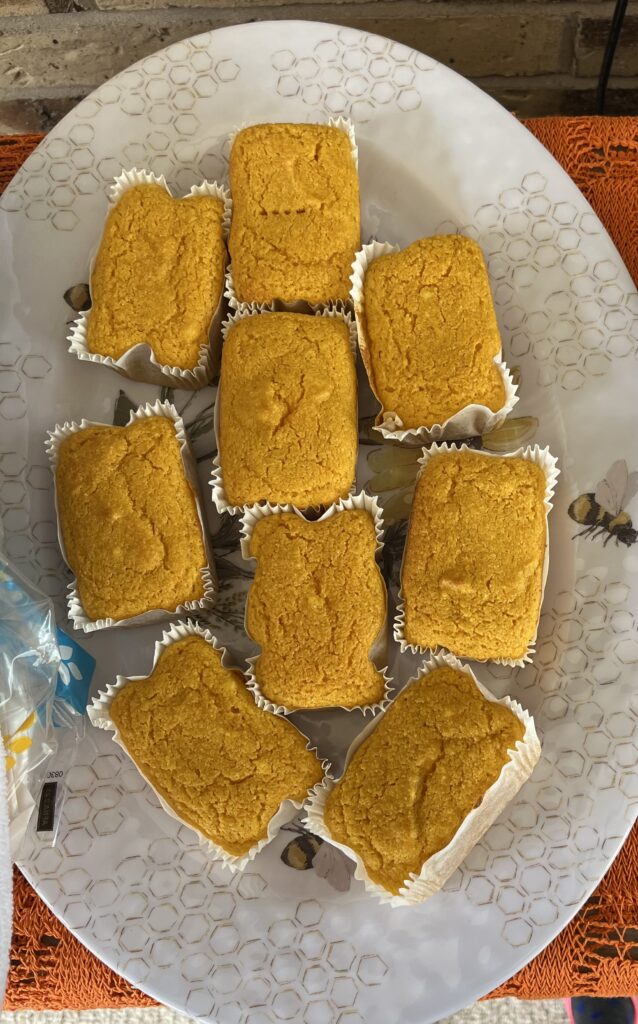
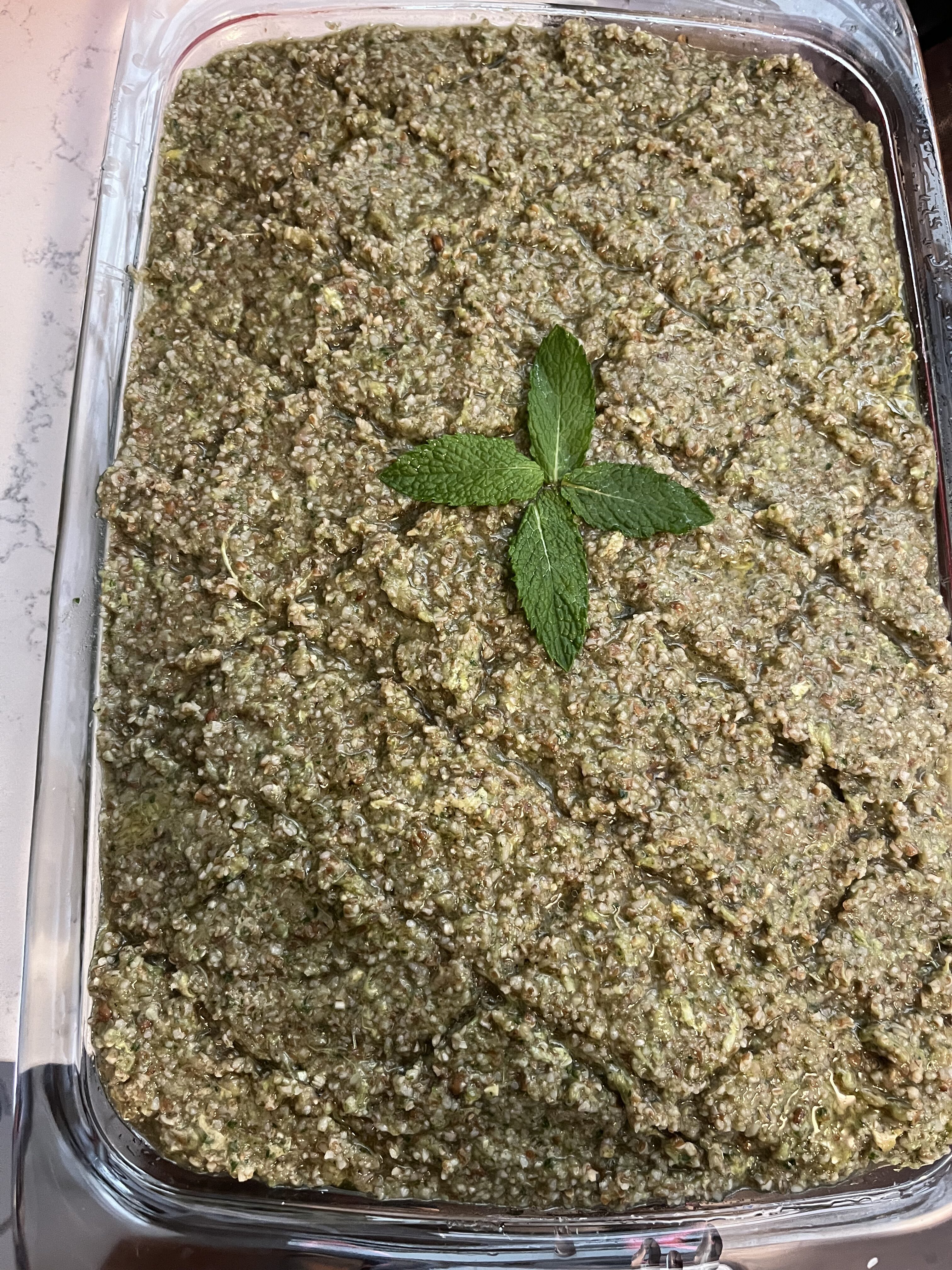

When did you move to St. Louis and how do you like living here?
I first moved to the U.S. for my PhD and I went to University of Illinois Urbana – Champaign where I studied animal genetics. I didn’t really plan to stay in the U.S. after graduating but I met my husband in Champaign and he got a job in St. Louis. So I started looking for postdoc positions in this region. I was interested in WashU because it is a very renowned institution. I came to visit the campus and I really liked it before I started applying to the postdoc positions here.
I love living in St. Louis because it has everything I need. My favorite part is the Forest Park. For me it was very important especially during the pandemic. I would go there all the time, rest, take a walk or have a picnic. And there are so many events during summer, mostly free.
What’s your favorite part of being a postdoc?
Other than doing the research that I really enjoy, it’s a great opportunity to develop your career path. When you are an undergrad or graduate student, you always have to complete the required coursework. But when you are a postdoc, you have more time to develop other skills, especially soft skills.
When I started my postdoc career at WashU, I joined Toastmasters (Med Masters), a club helping members develop their communication skills and leadership skills. I became Vice President of Public Relations during my first year at the club. I would help advertise the club on social media. One year later, I became the President of the club and served for two years. This year I am the Vice President of Education, helping with agenda, assigning member roles, and mentoring new members.

I was also a part of the Postdoc Society where I helped organize events, and served on the networking committees. At WashU, I had great opportunities to explore my career path as a postdoc. I really enjoyed that. This experience was unique because now that I will become an Instructor, I will probably not have too much time to focus on soft skills. My work will be more focused on research, writing grants, getting funding, and papers published!
What do you want to do after being a postdoc?
My postdoc position at WashU progressed as an Instructor so I’m excited to embark on my new role. I really want to become a researcher and continue my research in neuroscience so we can better understand neurodegeneration, especially in Alzheimer’s disease.
